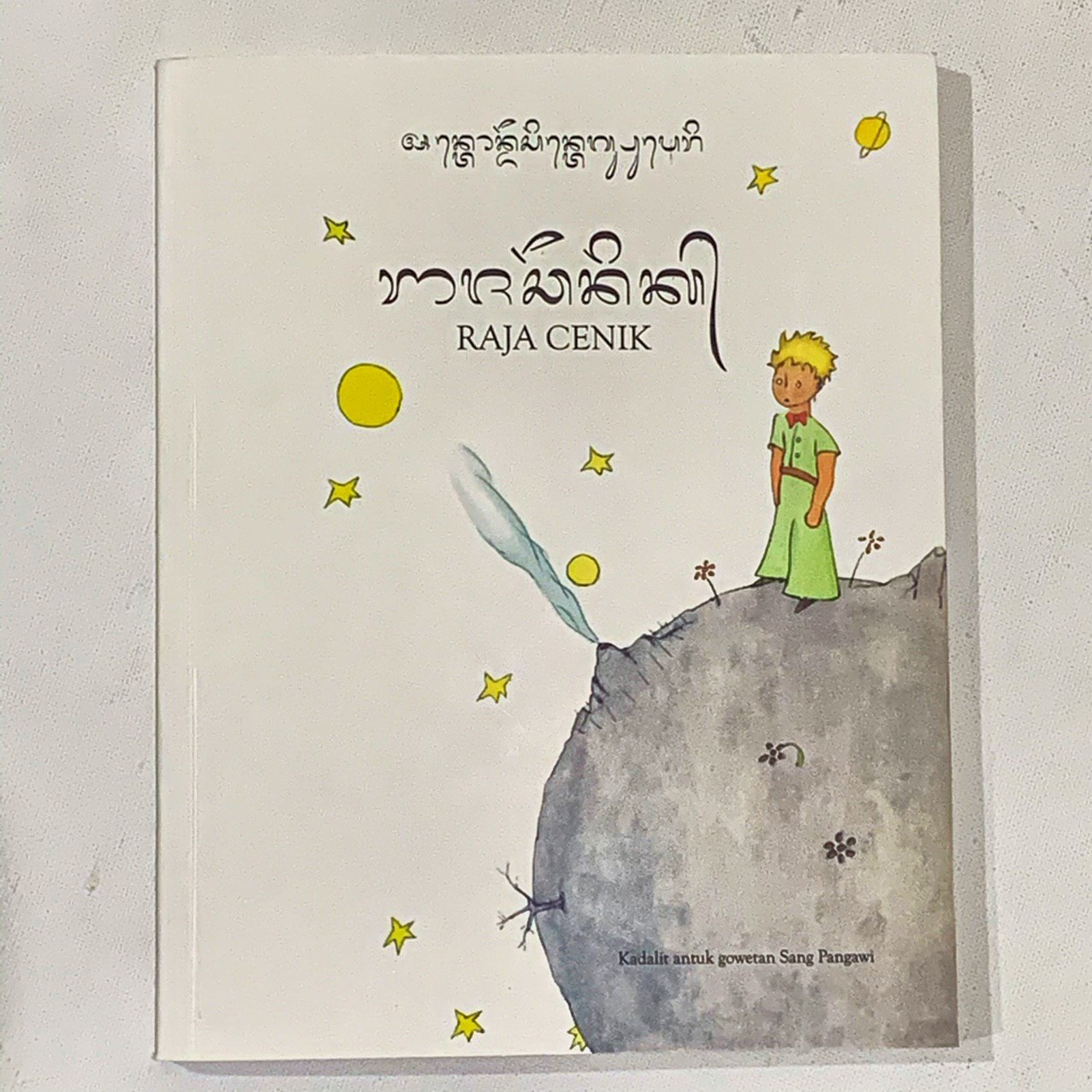
Raja Cenik (ᬭᬵᬚᬘᭂᬦᬶᬓ᭄) — in Balinese language.
Balinese, also known as Basa Bali (ᬪᬵᬱᬩᬮᬶ, ᬩᬲᬩᬮᬶ), is an Austronesian language spoken by the Balinese people predominantly on the Indonesian island of Bali, as well as in northern Nusa Penida, western Lombok, and eastern Java. It is part of the Malayo-Polynesian branch of the Austronesian languages, closely related to Sasak and Sumbawa languages. Balinese culture, deeply influenced by Hinduism, plays a significant role in the language, embedding traditional values and religious beliefs within its usage.
Balinese is written using the Balinese script (Aksara Bali, ᬅᬓ᭄ᬱᬭᬩᬮᬶ), an abugida derived from the Brahmi script of India through the ancient Javanese Kawi script. The earliest known inscriptions date from the 9th century AD. Few people today are familiar with the Balinese script. The Balinese script is almost the same as Javanese script. Today, the Latin alphabet is also used, especially in educational and digital contexts.

Balinese has a relatively simple phonetic inventory, but like many Austronesian languages, it features a contrast between aspirated and unaspirated consonants. Vowel length can distinguish meaning.
Balinese grammar includes a focus on politeness levels and social hierarchy, with different words and forms used depending on the social status of the speaker and the listener. The language inflects for voice but not for tense, which is indicated through context or time adverbs.

This edition is published in both Balinese script and latin letter; translated by Cokorda Sawitri, with Dharma Putra as Balinese script expert.


